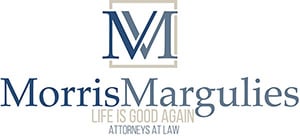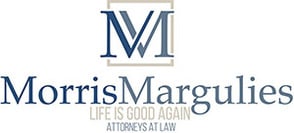Bankruptcy gives Maryland residents and others the ability to eliminate or reorganize some of their debts. The type of bankruptcy protection that you may seek depends on a number of factors including your income and the nature of the obligations that you have.
An overview of Chapter 7 bankruptcy
A Chapter 7 proceeding is also known as a liquidation bankruptcy. In such a case, unsecured debts such as credit card or medical bills may be eliminated within a matter of weeks or months. Depending on your circumstances, it may be possible to have debts eliminated without losing property such as equity in a home or car. This type of proceeding will not eliminate secured debts such as a mortgage or priority debts such as alimony or back taxes owed.
An overview of Chapter 13 bankruptcy
Chapter 13 bankruptcy is referred to as a reorganization bankruptcy and is available to those who have a consistent source of income. When you file for Chapter 13 protection, you’re required to submit a payment plan. If the plan is approved, you will be required to abide by it for three or five years depending on your level of disposable income. At the end of the repayment period, remaining unsecured balances will likely be eliminated. You can typically keep a house or car as long as you stay current on your mortgage or auto loan payments. Negative equity in a home or vehicle may be converted from secured to unsecured debt as part of a Chapter 13 proceeding.
If you are struggling to pay your debts, bankruptcy may an ideal way to reduce or eliminate them. Although a bankruptcy may stay on your credit report for up to a decade, you may be able to obtain credit almost immediately after your case is discharged.

